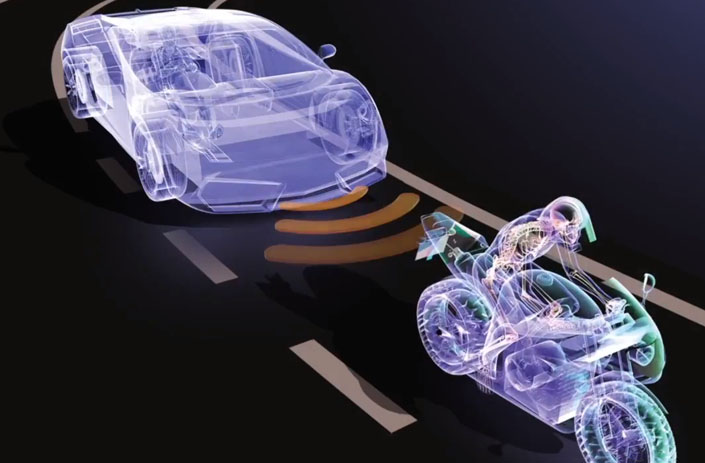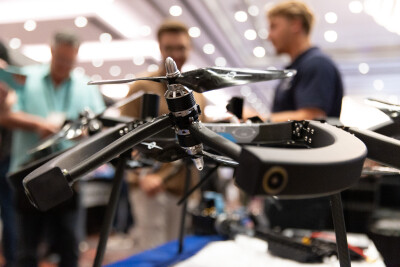TriLumina, founded in 2011, wants to enable broad deployment of 3D sensing with innovative illumination solutions. The company created a technology that combines Vertical Cavity Surface Emitting Laser (VCSEL) with multiple functions on a chip that helps increase reliability, and lower the cost as well as the size of LiDAR and 3D sensing systems.
Back in 2013, the Albuquerque-based company received its first major institutional funding, with subsequent funding rounds in the past few years, that enabled it to focus on developing the technology and building a team.
CEO Brian Wong, who joined TriLumina CEO in late 2016 after working as CEO of three other companies in the last 18 years, explains what led him to join TriLumina and use VCSELs.
“I looked at several companies developing technology for ADAS [advanced driver-assistance systems]and autonomy, and TriLumina was very interesting. Some of the same people that had developed the VCSELs that I worked with 18 years ago were at the company, and I could see that we could use these VCSELs to develop advanced illuminators for ADAS and lidar.“
TriLumina’s technology is based on a patented flip-chip, back-emitting VCSEL that emits invisible infrared laser pulses, typically in the 940nm spectrum. The small semiconductor chip integrates hundreds of VCSELs, electronic beam steering, and wafer-scale micro-lenses that enabling it to aim, focus, and form structured lighting patterns. It also meets temperature requirements for automotive applications.
In a comparison between VCSELs and LEDs, Brian explains VCSELs are lasers which have a much narrower spectrum and much less divergence than LEDs. While infrared LEDs have been used for proximity and depth sensing, VCSELs are much more precise, especially in sensing applications. This means you can filter out all the waelengths of light at the sensor except the one the VCSEL is emitting to get much better sensitivity.
This is why VCSEL depth sensing is gaining ground on LEDs. “One clear example of this shift is in mobile phones,” says Wong. “In recent generations, one of the largest mobile phone companies has shifted to use VCSEL arrays for facial recognition, and in a year or two, it will be used for facing cameras in AR and VR applications using depth sensing. For automotive in-cabin occupant and driver monitoring, a similar shift is underway. VCSELs are now economically viable enough for these applications.”
As one of the main issues with lidar technology is that its cost is still an obstacle to many. TriLumina is among the companies trying to reduce the technology’s price while maintaining or improving efficiency.
Wong thinks “the pain point has been getting many lasers—with mechanical steering into a field of view—aligned with the optics, in a small, low-cost reliable package.” TriLumina believes those issues can be solved by combining all the illuminator functions into a chip, enabling them to build solid-state lidar systems with no moving parts.
The company is starting to ship prototype products this year, and plans on completing its internal qualification to automotive standards by the end of the year.






